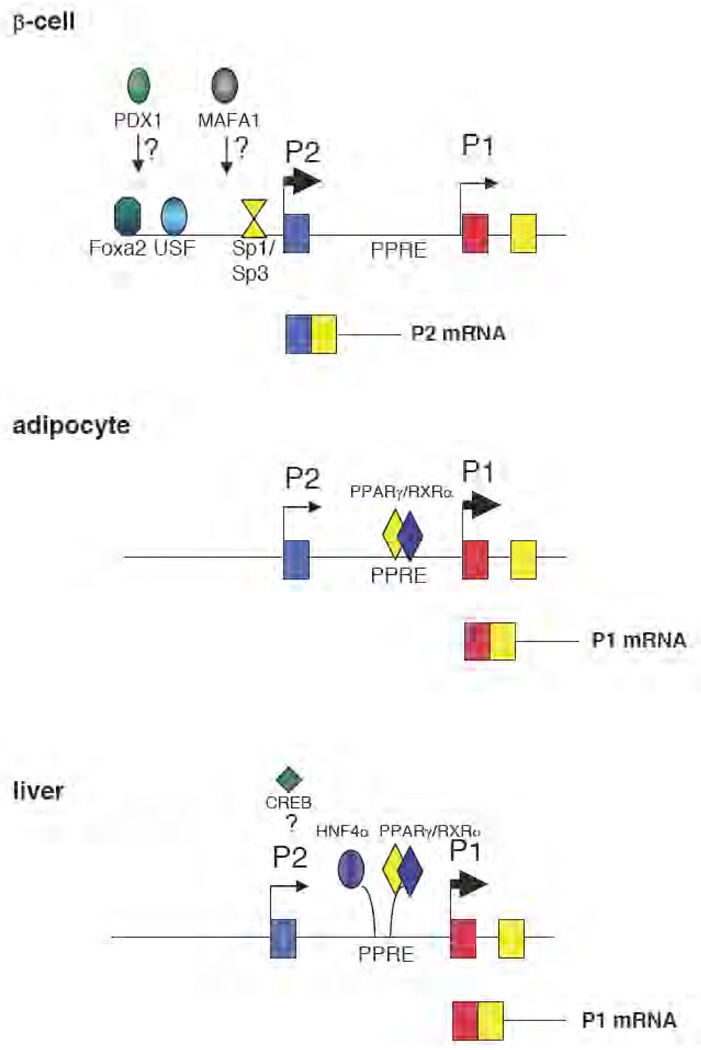Figure 3. Tissue-specific regulation of PC in mammals.
The PC gene is regulated by two alternative promoters, the proximal (P1) and the distal (P2). In adipose tissue and gluconeogenic tissue (liver), the P1 promoter is active and is responsible for the production of PC mRNA that contains identical 5’-untranslated region exons [77, 78]. In adipocytes, the P1 promoter is regulated by peroxisome proliferator-activated receptor gamma (PPARγ) [23], while in liver it is still unclear whether PPARγ alone or other factors, including hepatocyte nuclear factor 4α (HNF4α) and cAMP-responsive element binding protein (CREB), may also contribute to regulation in this tissue [77, 78, 92]. In pancreatic β-cells PC is regulated by the P2 promoter with an interplay of basal [specific protein (Sp1/Sp3) and upstream stimulatory factors (USFs)] and β-cell specific transcription factors [84, 85]. It is not known whether v-maf musculoaponeurotic fibrosarcoma oncogene homologue A (Mafa1) and pancreatic-duodenal homeobox 1 (Pdx 1) directly regulate P2 activity.

